Gatherings Activities List I-P
- Mall and Shopping Centers
- Meals Together
- Progressive Dinners
- Parks and Gardens
- Hiking, Walking and a Picnic
- Military Base Visits
- Museum Visits
- Nursing Home Visits
- Parks and Gardens
- Public Parks and Playgrounds-Maintenance
- Police Relations and the PAL

Tarrywile Park, Danbury,CT

Danbury Fair Mall, Danbury, CT
Helping to keep our public parks and playgrounds clean is a wonderful experience that will give the students a sense of pride, while helping the community.
Mall and Shopping Center Visits
Sure, every student spends time at the mall, but do they get a chance to visit what goes on behind the store walls? The complexity of today’s shopping facilities is massive. How the merchandise moves in and out, where they store spare parts and restorative maintenance. How do they keep the food moving into the food court? This is Danbury Fair Mall, just around the corner from our office. Students will enjoy finding out what makes the mall work. Keep the group small enough to manage. Mall owners will be concerned if you tell them more than 15 students will be attending.
Contact the Mall’s management company to discuss a tour of the “back office”. If they are resistance because of “trouble makers” or insurance problems. Point out the benefits for their stores and that we have strong supervision.
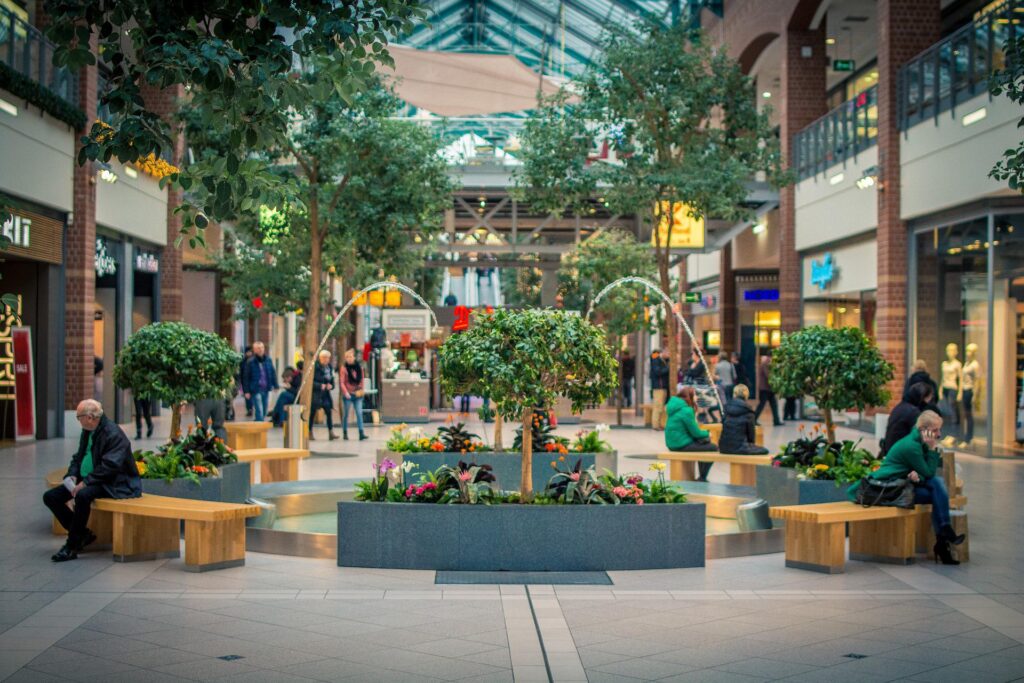
In areas where there are no youth centers or other places to gather Malls have become the best place for young teens to meet friends and find new ones. Older teens can drive and find other places in addition to Malls. Malls are public places and are usually safe and the retailers are glad that for the added traffic.
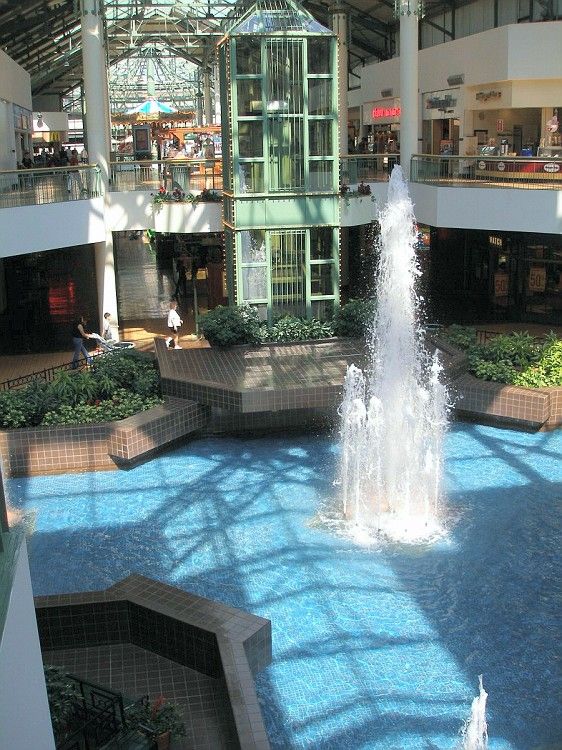
While you’re walking around take a few minutes and talk to the people that run the stores. Find out what they do when things are slow and when they get “too” busy with customers. What is involved in opening up in the morning and closing at night. If it’s a food vendor, what do they do with the leftover food?
Did they have special training to work in this particuler store? What did they learn and what wsa involved. This is what students will experience, and they should be interested in finding out what the future portends – this is where the Team Leader can manage the visit for the students benefit.

Meals Together – A Bite to Eat
How does this relate to our Mission?
From: The importance of eating together: by Anne Myers-Wright RD/APD in Health and Well Being
https://www.amdietetics.com/articles/the-importance-of-eating-together
Most of us take eating together for granted but the simple act of sharing a meal is a greater one than we imagine. Food is so much more than just fuel. It’s a fundamental part of our health, relationships, culture, and well-being. Eating together is about coming together; about belonging.
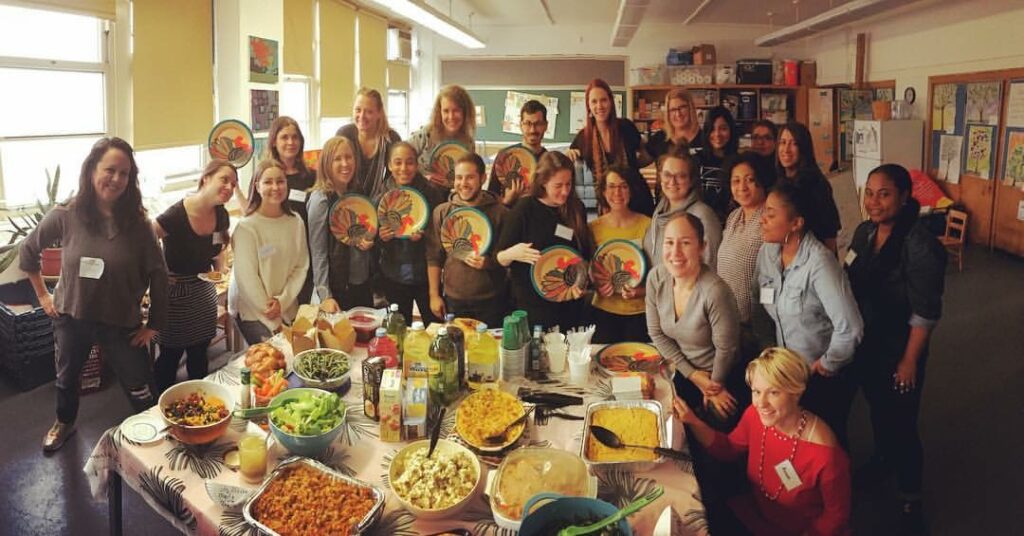
It’s Tradition, and it’s Basically in Our Genes
Families have eaten together for as long as they have eaten! In most societies, families celebrate important events by sharing food. Mealtimes have traditionally been those times when whole communities or villages come together. Eating together is a symbol of shared life. It’s part of who we are.
Mealtimes are for Bonding and Communication
The dinner table is a place of community. Eating together gives us the opportunity to talk, laugh and share. Taking time out to catch up and talk lets us truly connect. For families, this is an important opportunity to switch off the digital distractions and enjoy each other. Family meals foster a sense of belonging. Research has shown that children who eat regularly with their families feel loved, safe, and secure. Even teenagers, despite what we may think, treasure the family eating experience. A US study showed that 71% of teenagers said they consider talking, catching up, and spending time with family members as the best part of family dinners.
Nosh for NO OCCASION What better way to bring students together than to enjoy a meal together. We don’t need a formal reason like Christmas or Passover to break bread. Just bringing students together in fun and interesting activities is the reason. This Gathering does not have to be a full dinner or a large group to be effective, nor does it need to be perfect. In fact, most people will be more comfortable in a “not-so-perfect” situation than in one that is formal and perfect. Sitting down to an afternoon snack or simple lunch is just as wonderful. Families or not families, that is the question – both are good choices. How to Mix-and-Match the students to get the maximum effect of the event is very important and might determine whether it’s family or not family. Do you include multiple age groups? How many students should be invited is important, 6 to 12 students is a good number because it allows for better M&M. But if you invite the family, then 6 students from 4 families means 14+ people, which might be a lot to handle for one host in one house.
Jewish Delis, also known as a delikatessen, or delicatessen, first originated in Germany in the 18th century and later popped up in the US in the 19th century. Typically, you’ll find a whole fare of traditional food to choose from (Like matzo-ball soup, bagels and lox, noodle kugel, pastrami on rye, potato knish, and cheese blintzes) at a deli.
We are not suggesting you rush out to the nearest deli, they tend to be expensive, but we just thought you might think about this as a long term place to visit. You can always make your own “deli” nosh at someone’s home and make your own small Gathering.
Secret Chicago 12 Of The Best Jewish Delis In Chicago by AMANDA EDELMAN 5/28/2022 https://secretchicago.com/jewish-delis-chicago/



Progressive Dinner and Lunch Parties
When planned carefully, progressive dinner parties are some of the most interesting and educational Gatherings we can offer. No, not the political progressive, but a progressive dinner party – where one course is served at 3 or 4 different locations (members’ homes) throughout the evening. Usually consisting of three or four courses, guests arrive at the first home for an appetizer and spend about 30 minutes. Then off to the second house for soup, salad or the main course. This may last 30 to 45 minutes. It’s best if all locations are in the same neighborhood. The idea is not to rush, take time to talk, let everyone participate and gets to spend some time with everyone else. The last stop is for dessert and coffee. Each host decides the timing, one person is the Team Leader and coordinates the festivities. As you go from one location to another, mix the students into different cars to maximize the interaction between them. Seating should also be mixed from one location to another.
For a Progressive Dinner menu we thought of this Website
Delish – Spanish Recipes
To ease our perpetual wanderlust, we’ve been focusing on regional cuisine, letting our taste buds experience different cultures even when we can’t. When we’re in the mood for simple, flavorful cuisine, we think of Spain, known for its seafood and heavy use of olive oil and garlic (our 28 faves!). https://www.delish.com/cooking/g39300239/spanish-recipes/
Each host picks one item to make. It would be fun to make them together, and include some of the children too.

Gazpacho

Spanish Tortilla

Best-Ever Flan
The Progressive Hosts do not need to be gourmet cooks; simple food is just fine. Ethnic dishes are a great idea and could be a theme for the night. Ask if any guest has food allergies or religious restrictions.
If you divide up the hosting responsibilities the workload will be reduced to a manageable level, and of course, if the host at a location needs help, people can bring dishes to help out. This gives everyone an opportunity to try different food styles and learn where everybody lives. It may seem hectic, and it can be, so a good plan is necessary. A challenge is keeping the food warm and ready at each location because the exact time of arrival is not certain. Set a general arrival time for each location, within 15 minutes and appoint a timekeeper. It also helps to find people who have been involved in progressive dinners before and include them in the event.
Progressive Dinners can start with one or two people deciding to have a dinner party, and then grows accordingly. Pick three or four hosts and pick a theme: part of the fun of a progressive dinner is creating a theme that everyone can stick to. From an Italian, French or Middle Eastern to a Hawaiian luau, the décor and delicacies served at each location should incorporate this theme, allowing hosts to get creative with their offering while trying to out-do each other. But don’t go crazy with the add-ons, remember the purpose is students interacting with each other and we don’t want too many distractions.
Why be a Host? Hosting a dinner party gives you a chance to be inventive and use your imagination, not just with the meal but with the theme, and you are contributing to our Mission, which is of great importance to the entire community. You’re giving of yourself to your neighbors – food, hospitality, and an enjoyable experience. And it can help with anxiety. If you sometimes get awkward around people, having a party can help with developing your social skills and overcome any social anxiety you might experience. Playing host forces you to interact with everyone, and if your friends bring a friend, it’s always an opportunity to foster new friendships.
Military Base Visits - Our Country's Heros

Brett Sayles – Pexels.com
The brave soldiers that risk their lives to keep us safe would love to give a tour to our students. No, we don’t condone violence, or visit a recruit center. However, a quick visit will give our students an appreciation for what these heroes are doing every day to prepare our defense. They will marvel at engineering, admire the leadership, and respect the tradition. By visiting their home, we show our interest in the work they do and acknowledge their sacrifice by becoming soldiers. Prior to the visit, teachers should talk about the military and its importance, and what to expect during the visit.

U.S. military bases are a flurry of daily activity due to varying missions, trainings, events and visitors. And while we think of the “war-machine” image, they are people with families they are defending us. They live, love and fight for what they believe in.

Museum Visits
In the United States, museums draw more than 800 million visitors each year. But while they welcome millions of tourists, field-trip-bound schoolchildren, and culture vultures into their exhibition halls, much of the real excitement occurs behind the scenes. Not all museum workers deal with inanimate objects—some are specifically hired to handle live creatures. At the American Museum of Natural History, some employees work with a handful of live animals that roam particular exhibits—the museum recently opened an exhibit on crocodiles that includes four species of live crocs, all of which require a dedicated staff member to tend to their every needs BEHIND-THE-SCENES ART CAN BE JUST AS IMPORTANT AS EXHIBITS: Sometimes, museum workers need to spruce up the hidden parts of the museum for a special guest—even if no one else will see it. Before then-President Bill Clinton visited New York’s Metropolitan Museum of Art in 1994, the museum staff set about repainting the underground passageways where he would be traveling with the Secret Service. They even hung-up vintage photos of the museum along the route—photos that still hang to this day.
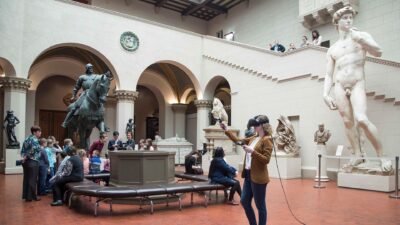

Why a Museum visit fits our Mission:
Museums can increase our sense of wellbeing, help us feel proud of where we have come from, can inspire, challenge, and stimulate us, and make us feel healthier. With society facing issues such as poverty, inequality, intolerance and discrimination, museums can help us understand, debate, and challenge these concerns. They can also enhance everyone’s life chances by breaking down barriers to access and inclusion. Museums are doing this through active public participation, engaging with diverse communities, and sharing collections and knowledge in ways that are transforming lives. From The Museums Association, London, England
Sometimes museums have special exhibitions, they might be about an artist or another important part of our lives. A recent visit to the Denver Museum in Colorado was one such showing, that was a lot of fun, and a great way to give our children a shared experience. And if your a Star Wars family, everyone had a great time.



Meet your hero, but watch our for the Dark Side!

Nursing Home Visits
Most homes would love to have a small group of children visit their residents and spend time doing activities that they all could participate in. Playing games like bingo, shuffleboard and ping pong might be fun for everyone. Even just reading to an elderly person, providing companionship is so important for someone who can’t read because of poor eyesight. Helping with meal delivery or just sitting and visiting can be of great comfort to the residents and the experience for the students will last with them forever. The local program director will arrange and supervise the visits, along with other members. Mix and Match students in pairs, so that they can help each other.
Some children will be hesitant to spend time with older people, especially if they don’t have any elderly members in their family. Take a moment to introduce them to the residents and stay for a minute or two making sure a conversation continues after the initial “hello”.

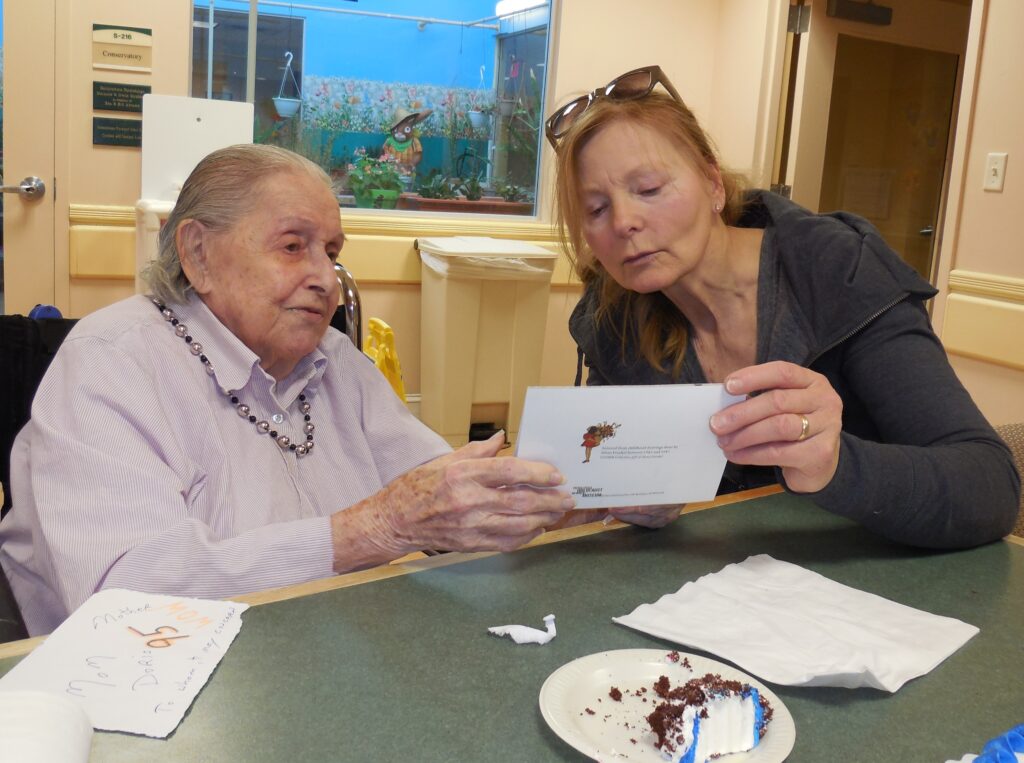
Parks and Gardens
Science: a simple walk in the woods or just sitting in a park and observing nature is a relaxing and stress-reducing activity. A walk through a park or forest, teaches children to make observations and collect information. The sunshine and fresh air feel so very good, we can’t help but smile. When we feel good, we are more open to understanding others and even developing friendships, this is the heart of Gatherings, and Parks and Gardens are one of the best, and easiest ways to achieve our Vision of respect and acceptance. ***Be sure to find out if any of the students have allergies or any difficulties being in the outdoors. Especially when the pollen count is high.
Nurtured by nature https://www.apa.org/monitor/2020/04/nurtured-nature
Psychological research is advancing our understanding of how time in nature can improve our mental health and sharpen our cognition By Kirsten Weir Date created: April 1, 2020

Be honest: How much time do you spend staring at a screen each day? For most Americans, that number clocks in at more than 10 hours, according to a 2016 Nielsen Total Audience Report. Our increasing reliance on technology, combined with a global trend toward urban living, means many of us are spending ever less time outdoors—even as scientists compile evidence of the value of getting out into the natural world.
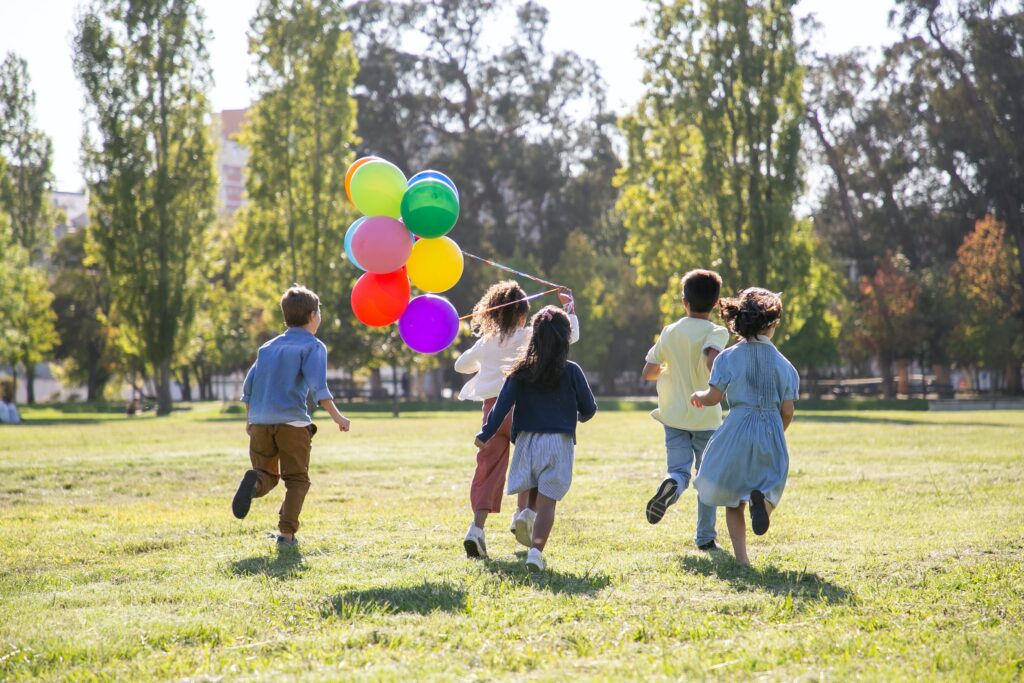
From a stroll through a city park to a day spent hiking in the wilderness, exposure to nature has been linked to a host of benefits, including improved attention, lower stress, better mood, reduced risk of psychiatric disorders and even upticks in empathy and cooperation. Most research so far has focused on green spaces such as parks and forests, and researchers are now also beginning to study the benefits of blue spaces, places with river and ocean views. But nature comes in all shapes and sizes, and psychological research is still fine-tuning our understanding of its potential benefits. In the process, scientists are charting a course for policymakers and the public to better tap into the healing powers of Mother Nature.

“There is mounting evidence, from dozens and dozens of researchers, that nature has benefits for both physical and psychological human wellbeing,” says Lisa Nisbet, PhD, a psychologist at Trent University in Ontario, Canada, who studies connectedness to nature. “You can boost your mood just by walking in nature, even in urban nature. And the sense of connection you have with the natural world seems to contribute to happiness even when you’re not physically immersed in nature.”
Many communities are near hills and mountains that offer the opportunity to learn about the nature that surrounds us. Guided tours, by a naturalist, can show students and parents which plants are edible, and which are not. A discussion about the benefits and enjoyment of finding your own food is fun and interesting for students, and parents too. Some plants can be used as spices, and others that are tasty and nutritious. River walks can be just as enjoyable, and educational. The idea is to have students and parents of Diversity learn together.
Children love sounds, be sure to point out the music of nature, like a babbling brook or birds singing. As you walk, listen to the sound of rustling leaves as you step through a leafy patch. And kids love just running outdoors! They love the freedom and the feeling of “flying”. Just one look on their faces and you will share their happiness.

Many states have websites that inform you about where various activities are and what makes them a wonderful place to visit. In Connecticut such a site is: https://www.cttrailfinder.com/
Also, for other parts of the country, go to https://www.trailfinders.com/ and select USA.


Safety is of paramount importance and making sure there are enough experienced mentor is essential. Members should watch out for students who are having trouble keeping up with the group. One person should stay at the back to make sure no one is left out or becomes lost. If some people are concerned about insurance issues, please contact the Executive Director for information and guidance.
Places to Visit and Learn about Nature


American Horticultural Society (AHS): The American Horticultural Society educates Americans about and advocates Earth-friendly and sustainable gardening practices, as well as models them at our River Farm headquarters in Alexandria, Virginia. While they have one location, they offer a wealth of information about our environment. https://ahsgardening.org/
If you are interested in “joining” a local garden or arboretum an AHS membership might save you money (the cost is cheaper), and they are accepted in over 300 gardens throughout the US. With an AHS membership you have free admission to several gardens in your area. The annual membership is $35 for one person or $50 for two. Make sure you look at AHS website for more information, and they have a listing of 340 gardens around the country that participate in their Reciprocal Admissions Program. A current membership card from the American Horticultural Society or from a garden participating in our RAP entitles you to special admission privileges and discounts* at 345+ gardens throughout North America!

American Horticultural Society, Alexandria, VA
Bartlett Arboretum and Gardens is an example of a great place to visit.
All around the county there are places where students can enjoy a walk in a Botanical Garden, learn about planting and farming and find out how they can contribute to preserving the natural environment. In Stamford, Connecticut for example, Bartlett Arboretum and Gardens offers 13 gardens and hundreds of new species to discover. The Bartlett is a living classroom for people of all ages to experience and enjoy nature.
Established in 1913 by Francis A. Bartlett as a 30-acre laboratory for his internationally known F.A. Bartlett Tree Expert Co., the Bartlett Arboretum has grown over the years to include an impressive array of woody specimens. Today, the arboretum is owned by the City of Stamford and contains 93 acres of open, preserved space. Bartlett Arboretum & Gardens offers developmentally appropriate, nature-based programs for children and families.
Contact information: 151 BROOKDALE ROAD, STAMFORD, CT 06903(203) 487-5264 https://www.bartlettarboretum.org/
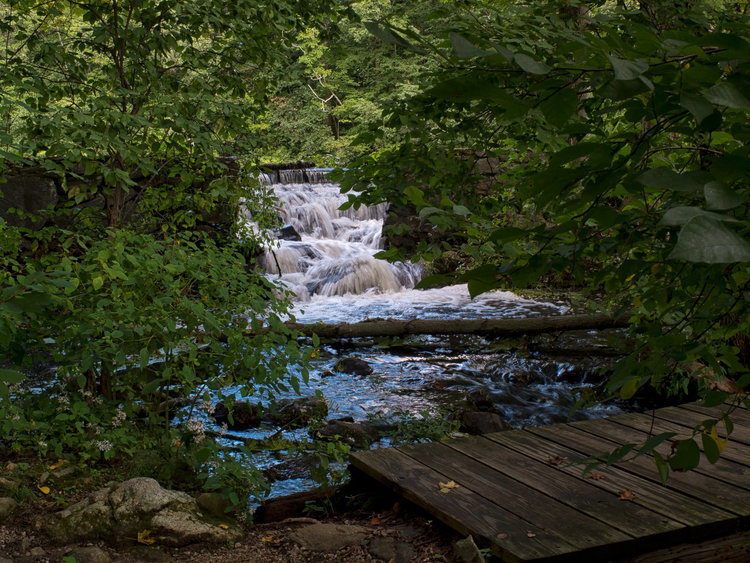
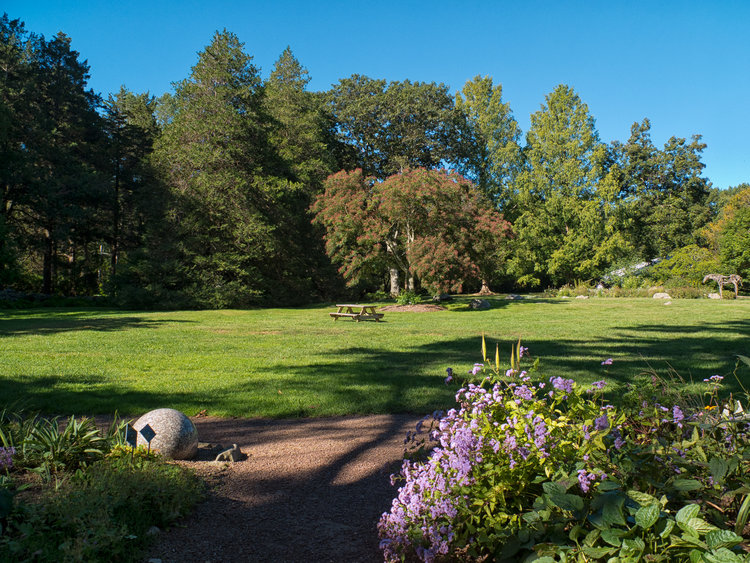
The Bartlett Arboretum & Gardens offers inquiry-based science programs that extend school curriculum and align with NGSS and CT State Science Standards.
At the Bartlett there are many classes, mostly free for students, that are offered year-round. Gardening Tools 101; In this workshop, We will discuss what tools are necessary, how to use them, and properly care for them. Bring your tools and we will teach you how to sharpen them! Bartlett Arboretum & Gardens offers developmentally appropriate, nature-based programs for children and families.
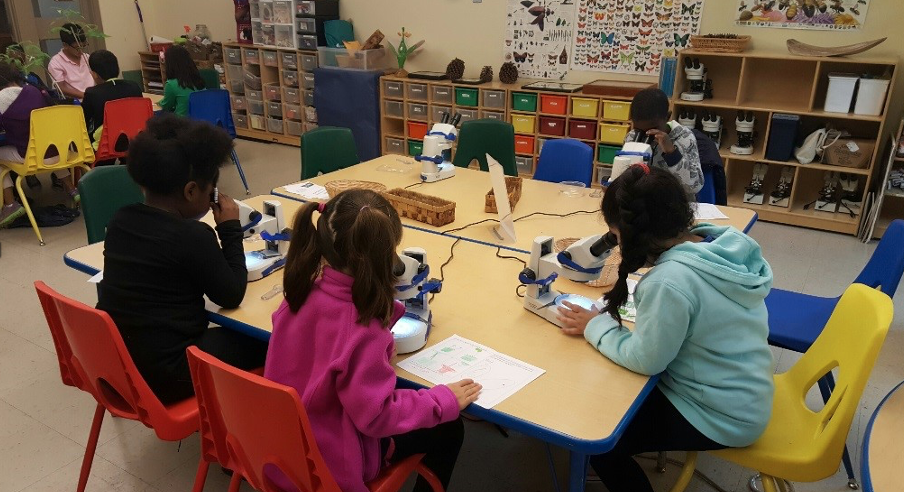
Maintaining Public Parks and Playgrounds
Public Parks: Cleaning, Gardens and Playgrounds: Many schools and organizations donate their time to helping keep their community clean. One or several schools can combine their efforts to beautify areas used most by the community and spend time together for everyone’s benefit. The local paper might be interested in a story about how students are helping to keep these areas clean for everyone’s enjoyment. It may be hard for some students to keep up with stronger, older students. Make sure you assign work that is appropriate for each student. They must feel “successful” if our program is to leave a positive feeling. Engage student groups in conversation, ask questions and listen to their answers. We can all learn from this worthwhile experience.
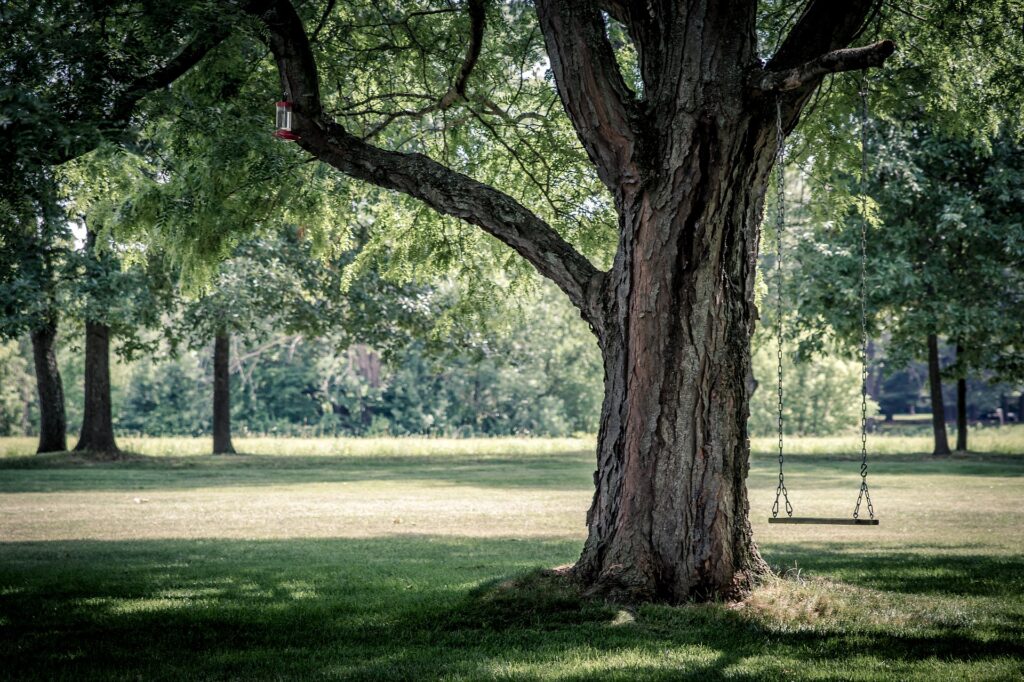
A Note to Team Leaders: It may be hard for some students to keep up with stronger, older students. Make sure you assign work that is appropriate for each student. They must feel “successful” if our program is to leave a positive feeling. Engage student groups in conversation, ask questions and listen to their answers. We can all learn from this worthwhile experience.
Here are some other great ideas to get out and about in the fresh air. With each of these ideas, find an “expert or experienced” person who can add to the interest with their knowledge.
- Look for mini beasts and other wildlife…..
- Have a picnic…..
- Go mountain biking…..
- Swing through the trees…..
- Gaze at the stars…..
PS: it may not be such a great idea to swing through the trees

Everyone shares the wonderful feeling when they help keep a park or playground bright and clean. Children will feel proud they were able to help and will take more pride in their community.
Discover the Forest
Spending time in nature provides numerous benefits for families, presenting both bonding opportunities and the chance to instill a lifelong love for the outdoors. The Discover the Forest campaign, a public service campaign created by the Ad Council in partnership with the U.S. Forest Service, encourages parents of tweens to experience the outdoors with their family to strengthen their connection with nature and each other. By exploring local parks and forests, parents and caregivers make the forest part of their family’s story and introduce their children to an environment where imagination thrives, and memories are made.

Fall weather is cool, invigorating and the sights and sounds of nature will fill your soul with joy and happiness.
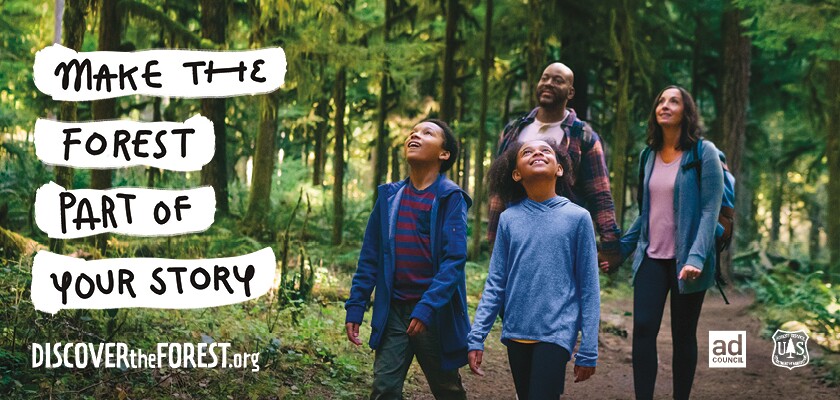
The Discover the Forest campaign, a public service campaign created by the Ad Council in partnership with the U.S. Forest Service, encourages parents of tweens to experience the outdoors with their family to strengthen their connection with nature and each other. Visit Discover the Forest website (www.discovertheforest.org) for many interesting activities that children will enjoy. Visit Discover the Forest website (www.discovertheforest.org) for many interesting activities that children will enjoy.
What should I explore in the forest? What can I learn about nature that is interesting?









The eggs that frogs lay are called frogspawn. Frogspawn looks like a large clump of jelly. However, it is, in fact, a collection of thousands of frog eggs stuck together. Each egg has a tiny tadpole embryo surrounded in protective jelly that keeps the tadpole safe. After a while they hatch, and a tadpole comes out. It looks like a funny fish, and swims around for several weeks, growing arms and legs! The tadpole gradually looks more and more like a frog until one – – – – it is a frog!
Police Relations and the PAL
In recent times we have witnessed a deterioration between the police and the people they serve and protect in many parts of the country. We believe that we, as Americans, have a responsibility to help heal those wounds in places where angry actions have replaced open discussion. As a country we need to find ways to bring law enforcement and people of all races together and reestablish the trust and respect necessary to ensure equal justice for all; and without equal justice there can never be Peace and Prosperity for all our citizens. We offer our Gatherings program as a way to bring us together. Gatherings is well suited to be a starting point; we hope to partner with local police agencies, and work with local PAL chapters and include them as an integral part in the Gatherings activities.
Visit a Police Station: It has long been believed that when police interact with the public in the neighborhoods they patrol, problems with the expectation of discrimination and unfair police activities decrease. People see that the police officer is there to protect them and it encourages the ability to ask questions and discuss problems. This coincides with our basic premise, that when people spend time together, a mutual understanding and acceptance takes place. The visit is not to “scare students straight” or show them what will happen if they break the law. Make the time together a positive experience and encourage conversation between students and officers.
The PAL and New Beginnings make perfect partners. Both our programs are designed to bring people together for Pride and Respect. Sometimes the PAL is called the Police Activities League because many PALs offer more than athletics. Their mission is to help mentor and build relationships with kids of all diversities through programs designed for each community they serve. There are more than 250 Leagues around the country, each run independently by volunteers. , the police are trained in organizing and supervising groups of children.
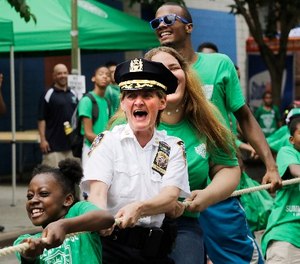

For more information about our thoughts with the importance of Police and Society, please select the button below.


